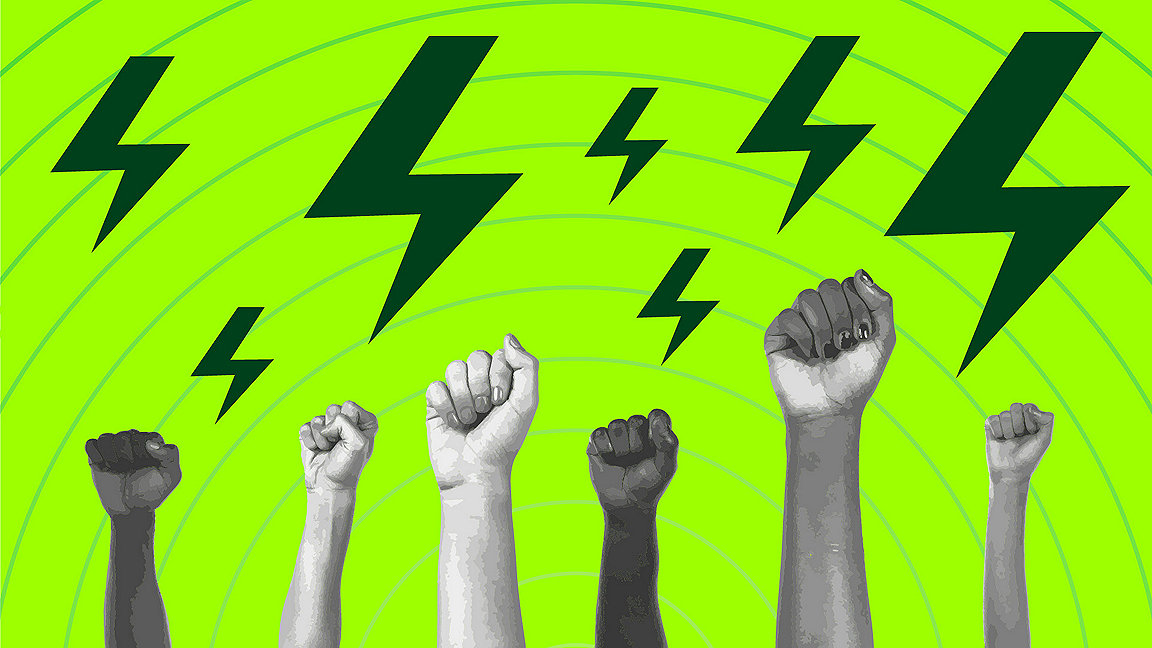
The way we power our homes has come a long way since the days of burning wood and coal to heat rooms and cook meals. Some super-modern homes can even claim to be carbon neutral, but that wouldn’t be possible without an innovative and sustainable energy supply.
Choosing a supplier that uses renewable sources such as wind or solar is a great first step. As is installing wall or loft insulation that keeps heat in during winter, or making sure lights and appliances are energy efficient. But these are not new ideas to anyone keen on making their home more sustainable.
Here are four more recent innovations and projects that radically cut domestic carbon emissions.
Tesla solar panels and Powerwall. Images: Tesla
Tesla
While it’s best-known as an electric car manufacturer, Tesla is increasingly active in the renewable energy market. The company, founded by technoking Elon Musk, manufactures both conventional solar panels and what it calls its ‘solar roof’, which replaces traditional roof slates to produce energy.
Building on Tesla’s cutting-edge battery technology, the company also produces Powerwall batteries, which allow energy generated by its panel and tile products to be stored and used when the sun isn’t shining. That is useful in a sun-drenched place like California, where Tesla has its HQ, but essential to penetrating markets that aren’t so lucky with the weather.
To date, the products have been sold separately as needed by customers. However, in April Musk announced on Twitter that the products would only be sold as a package. Musk said that this would enable “super simple install and seamless whole house backup during utility dropouts”.
CGI imagery showing the Autarkic House. Images: Studio Exe Architects
The Autarkic House
Nick Moffat and Kyrenia Tew are building what will be Europe’s first off-grid solar-hydrogen powered home, in Devon. Designed by StudioExe Architects, in conjunction with BIM Yorkshire MEP Building Services, the project is set within the boundary of the Grade II-listed Oxton House Park and Garden and also within the Teignbridge Area of Great Landscape Value (AGLN), Devon.
This required 'The Autarkic House' to meet stringent standards set out in Paragraph 79(e) of the National Planning Policy Framework, which requires that the house “be truly outstanding or innovative, helping to raise standards of design more generally in rural areas”. As a result, the Autarkic House’s “mechanical and electrical engineering concept defines the architectural form and construction,” according to StudioExe.
The project is also intended to be an exemplar green development that others can learn from. In a statement, the couple said: “We want self-builders, developers and consultants to talk about building Autarkic Homes as they do a Passivhaus; homes that through energy self-sufficiency would mean incoming utilities and associated infrastructure are no longer required.”
Example of one of the Project Etopia houses built in Namibia. Images: Project Etopia
Project Etopia, Namibia
One of UK-based developer and technology company Project Etopia’s first projects is located in Katatura, Namibia, an area where 300,000 people live in poverty. The idea was to demonstrate that energy self-sufficiency does not need to be the preserve of wealthy, western countries and that sustainable homes can be delivered at low cost.
The 63m2, energy-positive two-bedroom home was built in less than three hours, cost around £350 per square metre to construct and is both hurricane-proof and flood-proof. Total costs were about £25,000, while the average local home costs £102,000.
Further energy costs are avoided through smart lighting, a solar thermal hot water system and mechanical ventilation with heat recovery unit that produces 20kwh of its own energy each day, while only using up 3kwh.
Due to Namibia’s enormous amount of sunlight, the building supplies its own power and offers additional power to the electricity grid and local homes through its silicon battery. “By addressing social and technological barriers, we can hopefully do something about the challenges we face as a collective of people,” said Joe Daniels, founder and CEO at Etopia.
Heat Wayv
Current UK legislation stipulates that no domestic gas boilers are to be installed in new-build homes after 2025, no new gas boilers are to be installed after 2030 and has a target of all gas boilers being phased out completely by 2038. One of the obvious alternatives is the heat pump, but renewables technology company Heat Wayv thinks that it has found a better solution.
“Heat pumps are expensive to purchase, cumbersome to retrofit, requiring the replacement of incumbent heating systems such as radiators, less responsive in on-demand operation and will require substantial subsidies to offset the costs incurred,” says the company.
Hydrogen, meanwhile, is presently deemed expensive and “is a long-way off being available for wholesale distribution, and impractical to be delivered on a national scale,” Heat Wayv said. “Additionally, consumers will also incur further costs by requiring modified or new boilers to be installed.”
Rather, the company has come up with a solution using microwave technology. “Microwave boilers, with zero greenhouse gas emissions in use, will positively contribute to decarbonisation by removing up to 14% of the UK’s annual CO2, by replacing environmentally impactful gas boilers, and without the need to acquire expensive heat pumps,” said Heat Wayv.

The Heat Wayv microwave boilers







